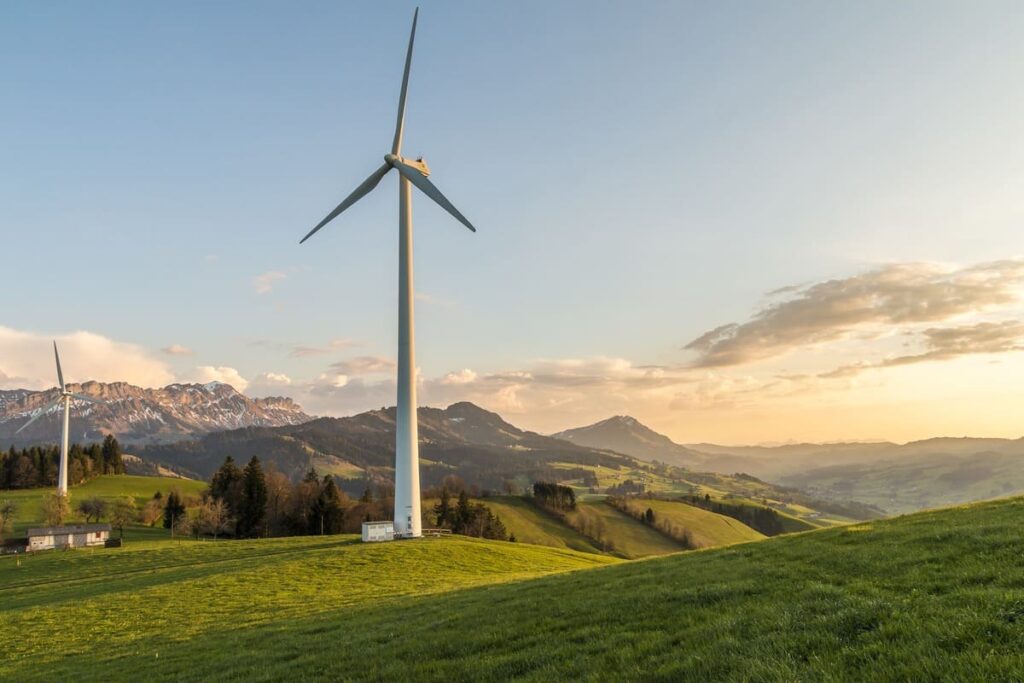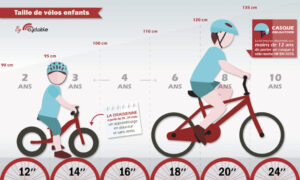Wind turbines are becoming an increasingly common sight in our landscapes, but what are the real pros and cons of this renewable energy source? Wind turbines generate clean, environmentally-friendly electricityBut they can also be noisy and have an impact on birdlife. Find out more about the pros and cons of wind turbines in this article.
Wind Turbine Installation From the Ground Up | Amazing Engineering
[arve url="https://www.youtube.com/embed/0vE6QkvcV-s "/]
What are the advantages and disadvantages of wind turbines?
The advantages of wind turbines :
- Wind power is a clean, renewable energy source, which means it produces no greenhouse gases or air pollution.
- Wind turbines can be installed on agricultural or marine land, allowing the use of areas not used for other activities.
- Wind turbines can contribute to energy security by reducing dependence on traditional energy sources.
Disadvantages of wind turbines :
- Wind turbines are intermittent and dependent on the wind. They are therefore unable to produce energy consistently, requiring other energy sources to compensate for these fluctuations.
- Wind turbines can be noisy, especially close to dwellings. This can cause noise nuisance for local residents.
- Wind turbines can have a visual impact on the landscape, particularly in rural areas or near the coast. This may be considered an aesthetic disadvantage by some people.
It's important to take these pros and cons into account when making decisions about installing wind turbines, and to inform the public objectively through our news site.
What are the disadvantages of wind turbines?
Wind turbines are a promising source of renewable energy, but they're not without their drawbacks. Here are some of the main ones:
1. Aesthetic problems : Wind turbines are often criticized for their visual impact on the landscape. Some people feel that they spoil the natural beauty of the regions where they are installed.
2. Impacts on avian fauna : Wind turbines can be a danger to birds and bats. Moving blades can cause fatal collisions for these animals, particularly when they are located along migration routes or in areas of high biodiversity.
3. Intermittent generation : Unlike thermal or nuclear power plants, wind power is subject to constant fluctuations. When the wind blows too lightly or too strongly, wind turbines can't generate as much electricity, which can affect the stability of the power grid.
4. Dependence on weather conditions : As the name suggests, wind power depends entirely on the presence of sufficiently strong wind. In some regions, this means that wind-generated electricity may be limited for long periods of time, necessitating a diversification of energy sources.
5. Need for large land areas : Wind turbines require large tracts of land for installation, and often require additional infrastructure such as access roads. This can pose problems for local communities and result in the loss of agricultural or natural land.
It's important to note that, despite these drawbacks, wind power remains an attractive alternative for reducing our dependence on fossil fuels and combating climate change. Technological advances aimed at mitigating these problems are also underway.
What are the advantages of wind turbines?
Wind turbines offer many advantages as a renewable energy source. First and foremostIt contributes to reducing greenhouse gas emissions, which is essential in the fight against climate change. In additionWind power is inexhaustible, because it uses the power of the wind, a natural resource available in abundance.
In additionWind power diversifies the energy mix, reducing dependence on fossil fuels and energy imports. This strengthens a country's energy security and independence.
In additionThe installation of wind turbines creates local jobs, whether in manufacturing, installation or maintenance. This promotes the economic and social development of the regions where the turbines are located.
FinallyWind turbines can be installed on farmland without significantly affecting their activity. Farmers can generate additional income by renting out their land for the installation of wind turbines.
However, it is also worth mentioning certain challenges associated with wind power, such as visual and noise impacts, and the need to find suitable, windy sites for the installation of wind turbines.
In short, wind power has many advantages, including reducing greenhouse gas emissions, diversifying the energy mix, creating jobs and generating income for farmers. It's a clean, renewable energy source that contributes to the transition to a more sustainable future.
What are the advantages and disadvantages of offshore wind turbines?
Advantages :
- Renewable energy production: offshore wind turbines use the power of the wind to generate electricity, helping to reduce dependence on fossil fuels and cut greenhouse gas emissions.
- Increased efficiency: offshore wind turbines are generally more efficient than their onshore counterparts due to the stronger, more constant winds at sea. This translates into higher energy production.
- Reduced visual and noise impact: as they are installed off the coast, offshore wind turbines are less visible from land, and generate less noise for neighboring communities.
Disadvantages :
- High costs: offshore wind turbines are often more expensive to build and install than onshore wind turbines, due to the logistical complexity involved in placing them offshore.
- Environmental impact: although offshore wind turbines are considered a clean energy source, their installation can have an impact on the marine ecosystem, particularly on marine wildlife and migratory birds.
- Requires regular maintenance: due to their exposure to the marine elements, offshore wind turbines require regular maintenance to ensure smooth operation and prevent damage caused by corrosion and storms.
It's important to note that the advantages and disadvantages of offshore wind turbines can vary according to geographical location and country-specific regulations.
In conclusion, wind turbines have both advantages and disadvantages. On the one hand, they represent a clean, renewable energy source, helping to reduce greenhouse gas emissions. What's more, they help diversify the energy mix by reducing dependence on fossil fuels. What's more, wind turbines can be installed in rural or remote areas, creating economic opportunities for local communities.
On the other hand, wind turbines can raise environmental and aesthetic concerns. Their installation can disturb natural habitats and alter bird life. What's more, their visual presence can be considered a nuisance, particularly in residential areas. In addition, wind turbines sometimes generate vibrations or noise, which can be disturbing for some people living nearby.
It is important to consider both the advantages and disadvantages of wind turbines when planning their installation. In-depth studies must be carried out to assess the impact on the environment, wildlife and local populations. In addition, public awareness is essential to foster social acceptance and minimize potential conflicts.
So, despite the challenges they pose, wind turbines remain a promising solution for clean, renewable energy production. A balance needs to be struck between environmental benefits and potential consequences, to ensure a sustainable energy future.








